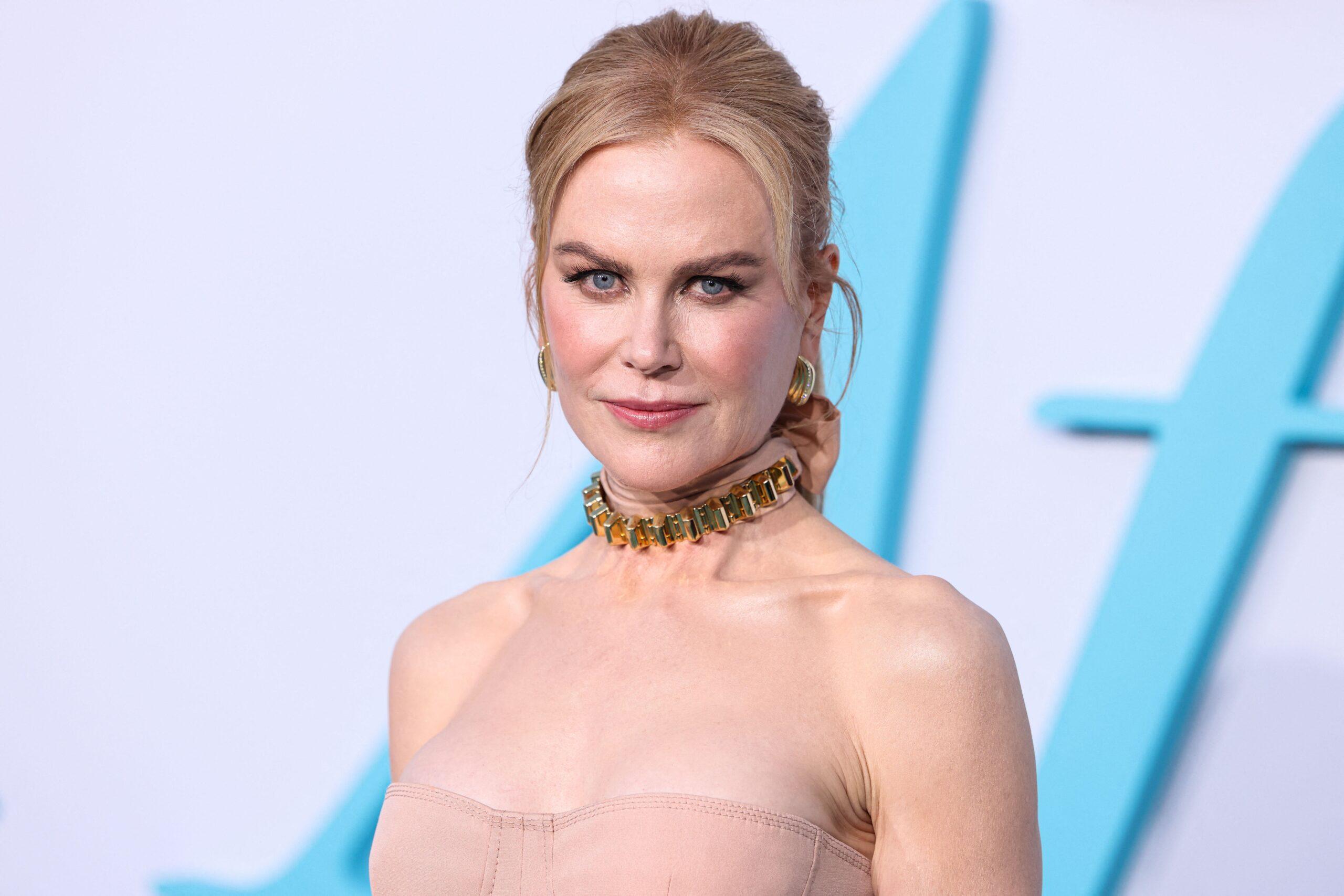Entertainment
Nicole Kidman Drops A Haunting Hint After Keith Urban Split

Nicole Kidman has finally given fans a glimpse into how she’s coping following her highly publicized separation from Keith Urban.
During a recent conversation with Ariana Grande, the actress subtly acknowledged the emotional toll of ending her 19-year marriage.
With just a few carefully chosen words, she hinted at heartache, resilience, and the protective cocoon she found on a film set while the world waited for answers.
Article continues below advertisement
Nicole Kidman Hints At Her Emotional State

Recently, Kidman interviewed Grande for Interview Magazine. The conversation began simply, with Grande asking, “How are you?”
It was a gentle question, but Kidman’s answer carried weight.
The actress, who filed for divorce from Urban earlier this year, replied, “I’m hanging in there.” It was a quiet admission, but one that spoke volumes.
The split, officially confirmed on September 29 and followed by her filing on September 30, marked the end of a partnership that had begun nearly two decades earlier. Before the news became public, Kidman had been filming the long-awaited “Practical Magic” sequel, a project she says became an emotional refuge.
She remembered feeling “safe” and “protected” on set, a meaningful contrast to the private turmoil unfolding behind the scenes.
Article continues below advertisement
Nicole Kidman Found Support And Safety On Set

Kidman opened up about the comfort she found while working on the sequel, surrounded by a cast that included Sandra Bullock, Joey King, and Maisie Williams.
“Sandy Bullock and I, and then Joey King and Maisie [Williams] — we had an incredible cast,” she said, acknowledging that movie sets can sometimes be emotionally taxing.
However, this one offered her something she needed. She explained, “I have such a strong relationship with all those women, so I felt protected and loved. It was just very, very safe.”
Returning to the magical world she and Bullock created nearly three decades ago also brought a surprising sense of gratitude.
Article continues below advertisement
Reflecting on the sequel becoming a reality, Kidman said, “To come back to something so many years later and go, ‘We’re still able to get this movie made at a big, big studio like Warner’s,’ and that Sandy and I were able to produce it and get it made, is insane.”
Article continues below advertisement
Kidman Reclaims Sensual Onscreen Roles After Years Of Tension

Kidman’s bold, intimate roles reportedly caused longstanding strain in her marriage to Urban, with insiders saying the actress grew exhausted from trying to soothe his discomfort.
According to Globe Magazine, the sexual nature of many of her scenes was a recurring point of conflict, even though Urban never explicitly asked her to stop.
One source explained that the country star “often struggled with the sexual nature of her roles,” and that he “couldn’t stand the thought of Kidman being physically close to other men on set.”
Those close to Kidman say she spent years attempting to ease his anxieties, but the emotional burden “eventually wore her down.”
Article continues below advertisement
Kidman Leans Fully Into Her Power Onscreen

Now that the marriage has ended, the actress is reportedly embracing her sensual screen presence without hesitation.
With new projects such as “Practical Magic 2” and season three of “Big Little Lies” underway, insiders say she is stepping confidently into roles that celebrate complexity, sensuality, and artistic boldness.
Her friends are relieved to see it. One insider said that those closest to her “saw the toll it took on her and they’re quietly rejoicing she’s finally free of him.”
Another added, “They want to see her fully step into her power. The fact that she’s still playing complex, sensual women in her 50s is something to be celebrated, and she needs a partner who recognizes that and is man enough to handle it.”
A Future With ‘Fewer Limits’ As Nicole Kidman Enters Her Boldest Era Yet

As the marriage deteriorated, Kidman’s team made a point of signaling to the industry that she had no plans to retreat from daring material.
The message was clear: she remained fully committed to provocative, boundary-pushing work.
According to an insider, “This approach is working for her and she’s not going to let anybody rain on her parade or stop her from using her voice and her body in unexpected ways.”
With Urban’s discomfort no longer lingering in the background, those close to her believe she’s poised for her most adventurous chapter yet.
“If anything, the end of her marriage to Keith means there are even fewer limits on what she is willing to do for the sake of a juicy role, and she still wants nothing more than to keep topping herself,” a source shared.
Article continues below advertisement
They added, “Knowing Nicole, the projects she picks going forward are going to push the boundaries even more, and without Keith holding her back, she can be as bold as she wants to be.”









